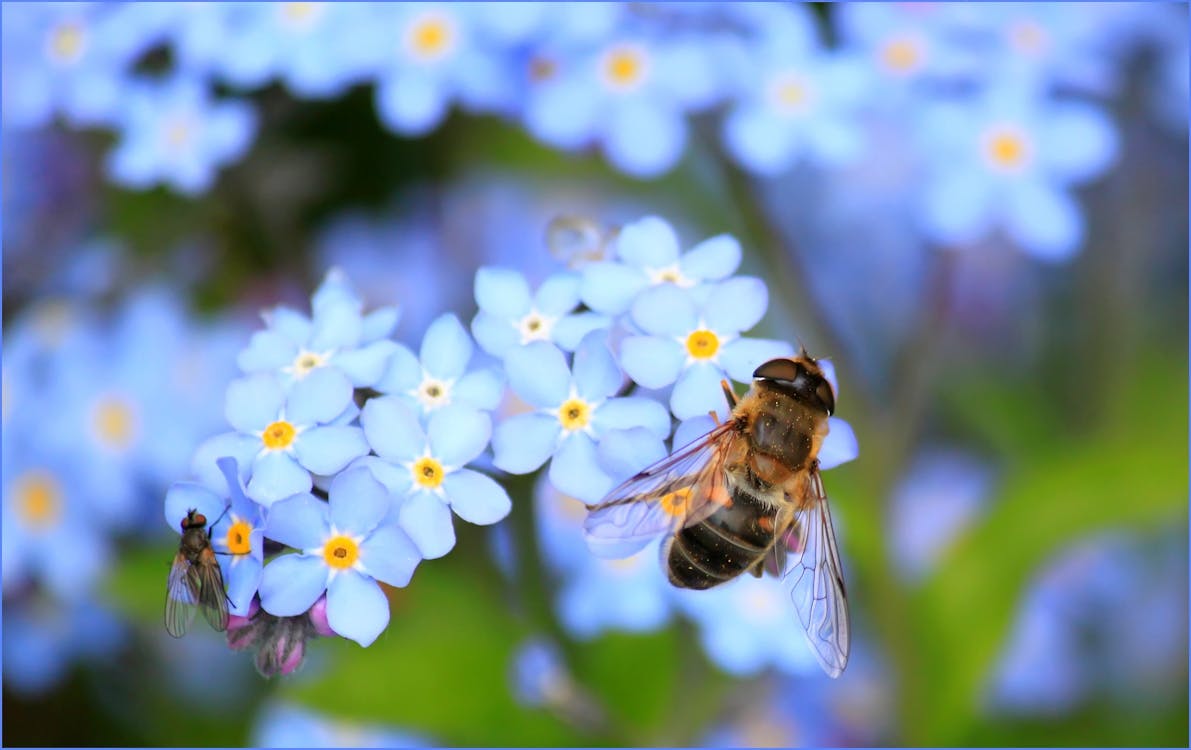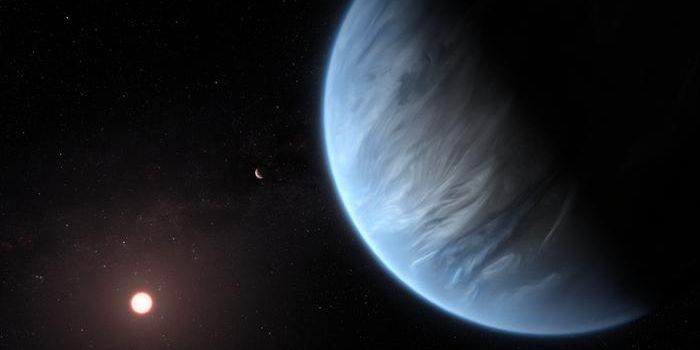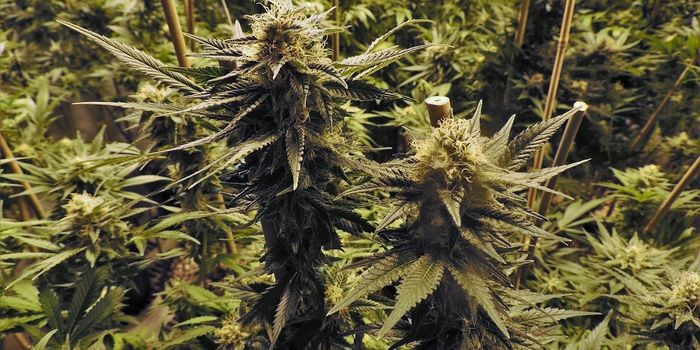The first ever global bee diversity map
A study reported in the journal Current Biology showcases the first global map of bee diversity. Designed by a collaboration of international scientists, the map includes the geographic and species diversity of over 20,000 species of bees, proving once and for all how integrated bees are into global ecosystems.
"People think of bees as just honey bees, bumble bees, and maybe a few others, but there are more species of bees than of birds and mammals combined," says senior author John Ascher, an assistant professor of biological sciences at the National University of Singapore. "The United States has by far the most species of bees, but there are also vast areas of the African continent and the Middle East which have high levels of undiscovered diversity, more than in tropical areas."
The bee map shows that, contrary to many species’ diversity, which increases toward the tropics and decreases toward the poles, more bee species live farther from the equator in arid and temperate environments instead of in the tropics. This pattern of diversity is called a bimodal latitudinal gradient. The map also shows that there are more species of bees in the Northern Hemisphere than the Southern. These patterns can be traced back to the availability of food for bees.
One way that this comes into play is through the evolution of new bee species. "When it rains in the desert, there are these unpredictable mass blooms that can literally carpet the entire area," says first author Michael Orr, a postdoctoral fellow at the Institute of Zoology, Chinese Academy of Sciences. "There's a much higher turnover in the desert because of how patchy the resources are year after year. So, there's a lot of potential for new species there."
To generate this map, the researchers analyzed the occurrence of bee species by compiling data from the most complete global checklist of known bee species along with data from nearly 6 million additional public records. This process allowed the team to evaluate the current distribution of bee species in order to determine baselines for measuring potential declines of bee populations.
"We're extremely interested in the abundance of bees, but that's something that has to be done in relation to a baseline," says Ascher, "We're trying to establish that baseline. We really can't interpret abundance until we understand species richness and geographic patterns."

The team recognizes that their map is just the first step in a long process of documenting and monitoring bee diversity around the world and throughout history and into the future. Nevertheless, they hope their analysis will prove helpful for bee conservation efforts.
"Many crops, especially in developing countries, rely on native bee species, not honey bees," says Hughes. "There isn't nearly enough data out there about them, and providing a sensible baseline and analyzing it in a sensible way is essential if we're going to maintain both biodiversity and also the services these species provide in the future."
Sources: Cell Press, Science Daily








